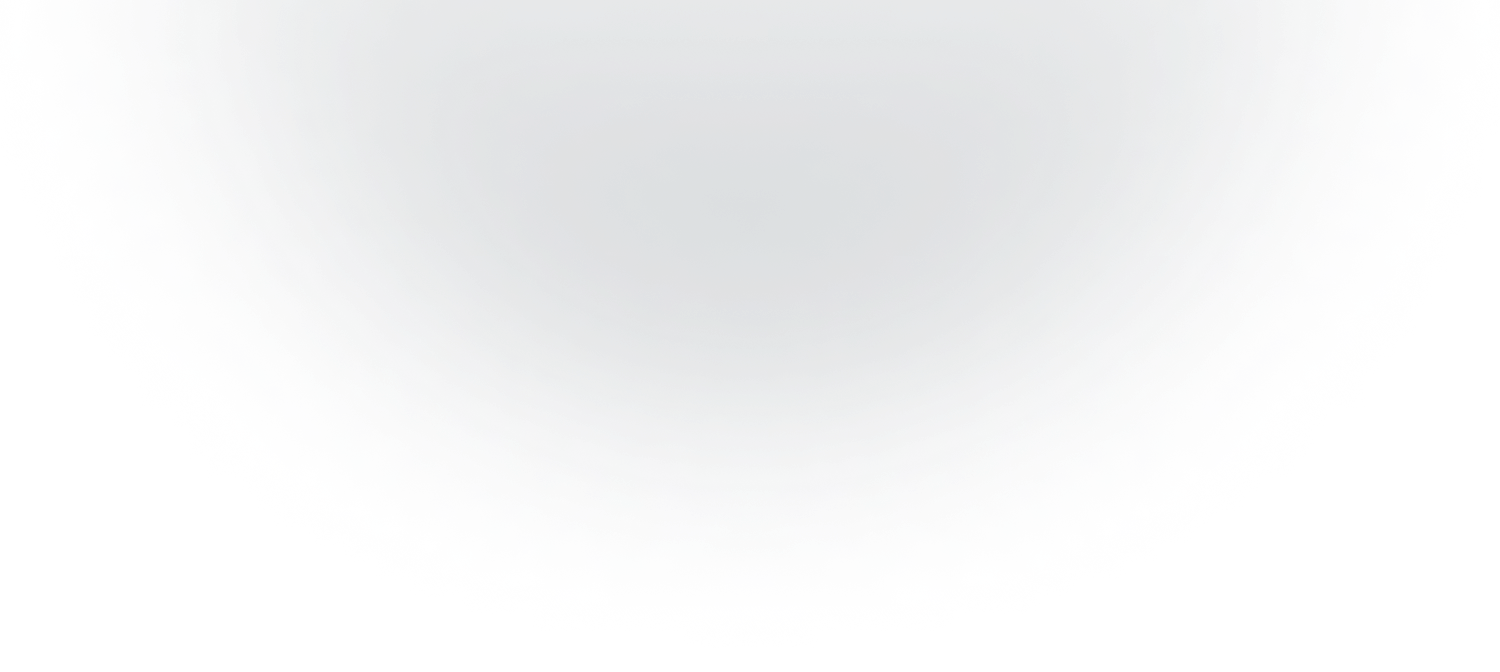Novel Metallic Honeycomb Structures
Due to their superior mechanical capabilities and specialized functionalities, innovative honeycomb-based aerospace industry has recently received much attention. The given research provided an in-depth analysis of the evolution of new honeycomb-based structures during the last two decades, including filled-type, embedded, tandem, hierarchical, auxetics with Negative Poisson’s Ratio (NPR), and so on. Mechanical performances of these structures were discussed in terms of benefits and drawbacks based on geometric configurations, mechanical performance, and dynamic responsiveness, respectively. The difficulties and future directions were also examined. The accomplishments give essential parameters for the design of next-generation lightweight honeycomb-based structures.

What is the method of novel metallic honeycomb structure?
The most common approach for investigating novel honeycombs is experimental analysis, which is widely considered the most reliable method. It is classified as quasi-static load, low velocity, high velocity, or hypervelocity based on the loading speed. The major components of the experimental equipment are the universal mechanical performance testing system, Instron or MTS Machine, drop-weight system, and High-Speed Crash System.
What are the structures of Honeycomb-filled?
Honeycomb-filled structures are the most popular among composite manufacturer structures because of their simple design and ease of fabrication. The filling idea was initially used in foam-filled buildings. Various fillers and containers were tested to find the best mix. The containers include metallic square tubes with grooves, multi-cell tubes, reinforced conical tubes, and vinyl ester-fiberglass square tubes.
It should be noted, however, that for this filling structure, there is an evident matching impact between the filler and the container, and varied mechanical reactions may be detected via distinct matching relationships, which heavily rely on the dominating function. Using the honeycomb-filled square tube as an example, the deformation pattern is identical to that of the general empty square tube when the dominating component is the outer square tube. When the interior honeycomb block plays the dominating role, substantial changes in the deformation pattern may be seen, primarily from the diamond pattern to the more good concertina pattern.
What are Honeycomb structures embedded?
Unlike the previous honeycomb-filled constructions, another method has been discovered by embedding the honeycomb cells with foam, tubes, or other polymer materials. In contrast to filled-type honeycomb structures, the honeycomb in embedded honeycomb structures is intended as a container rather than a filler. For example, Mahmoudabadi and Sadighi developed a theoretical model to calculate the mean crushing strength of a foam-filled metal hexagonal honeycomb under quasi-static pressure.
In this research, Xiang et al. developed a bionic honeycomb thin-walled structure (BHTS) that filled the column in various ways inspired by the internal design of the ladybeetle (Fig. 4). (b). According to the dynamic numerical crushing simulation, the energy absorption characteristic of BHTS with columns on its walls is superior to that of BHTS with columns on its walls. It should be noted that the diameter of the circular tubes filled in the honeycomb is significantly less than the cell length of the honeycomb. Meanwhile, the BHTS differs from the embedded structures presented in refs because its interior circular tubes are tangent to the honeycomb walls.

What are Tandem Honeycombs?
A Tandem honeycomb is a design structure that connects numerous segments of honeycomb blocks as selective energy absorbers for high kinetic facilities such as railway vehicles, steamers, and capsules to enhance the limitations of energy absorption capacity. This form of advanced composite manufacturer is often composed of n segments. A separator between each piece is utilized to separate components and provide interaction between them.
What are Hierarchical Honeycombs?
Recent studies have shown that structural hierarchy may improve performance in many areas and make modifying structural features possible. A collection of analytical models has been constructed to characterize scale in honeycombs. Taylor C et al. [172] used finite element simulations to investigate the impact of adding hierarchy to various honeycombs with hexagonal, triangular, or square super and sub-structure cells on elastic characteristics.
What are NPR Honeycombs?
Negative Poisson’s Ratio (NPR) honeycombs are distinct from others owing to their superior shear modulus, notch resistance, fracture resistance, and resilience toughness. Such structures are often employed in sandwich panels to advantage mechanical qualities significantly.
The uniquely constructed cellular geometries provide NPR with a re-entrant honeycomb. It yields the most researched re-entrant configuration, a hexagon re-entrant honeycomb.
Other Types of Honeycombs
Aside from the honeycomb-based structures listed above, other new honeycombs, such as Nano-honeycomb, ceramic honeycombs, glass honeycombs, nickel honeycombs, and others, have achieved extraordinary achievements. These honeycombs differ from the foam and sandwich constructions because they serve a specific function.

